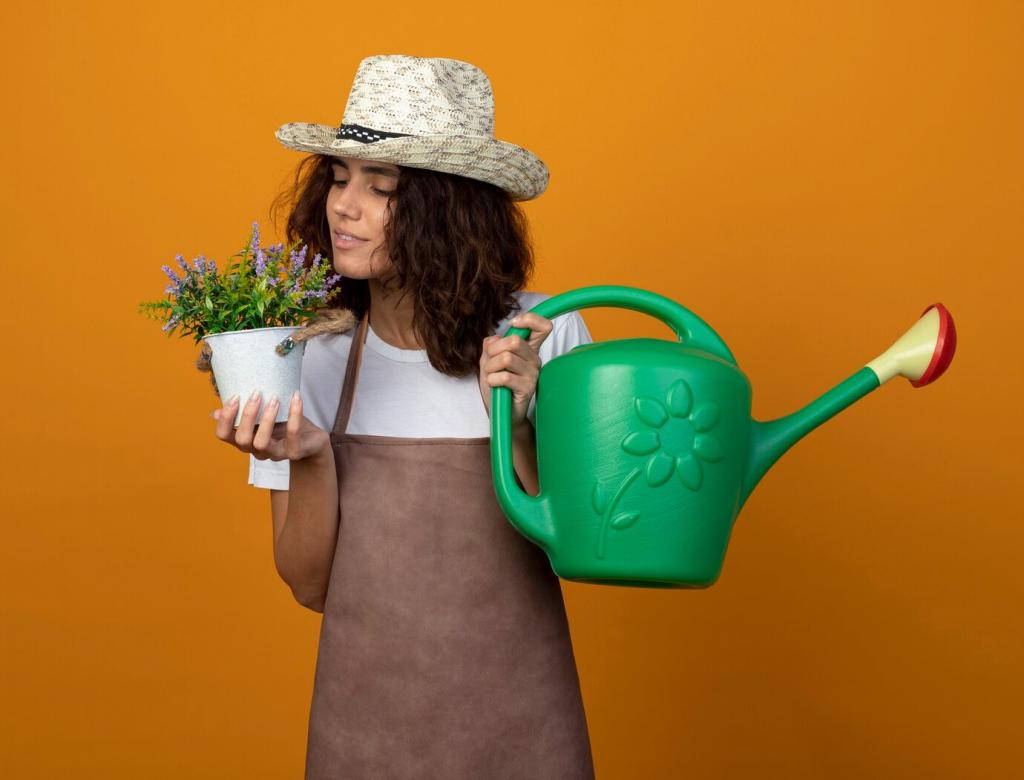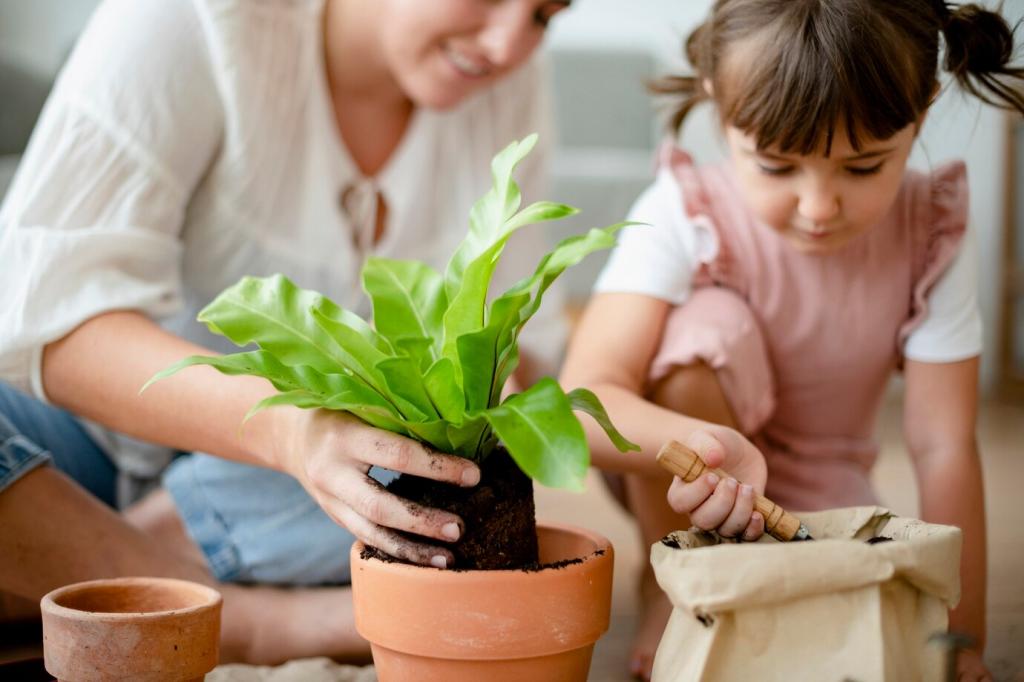Enhancing Well-being through City Gardens
Urban environments are often associated with concrete landscapes, dense populations, and fast-paced living. Amid this urban sprawl, city gardens emerge as vital sanctuaries, offering citizens a chance to reconnect with nature, improve their mental health, and foster a sense of community. As more cities prioritize green spaces, understanding how these gardens enhance well-being becomes increasingly important for urban planners, communities, and individuals alike.

The Importance of Green Spaces in Urban Life

Spending time in city gardens allows individuals to immerse themselves in a natural environment, which has been shown to reduce stress, elevate mood, and foster relaxation. The sights, sounds, and scents of blooming plants contribute to a calming atmosphere, making it easier for city residents to step away from daily pressures. Just a short visit to a green space can help to clear the mind, reduce anxiety levels, and offer a much-needed mental reset, ultimately enhancing overall psychological well-being.
Designing Gardens for Maximum Well-being Impact
A successful city garden must be accessible to people of all ages and abilities. This means thoughtful placement of ramps, wide paths, and seating to accommodate wheelchairs, strollers, and those with mobility challenges. Planting raised beds can make gardening more approachable for children and the elderly, while areas of varying sunlight and shade ensure comfort for all visitors. By breaking down physical and social barriers, inclusive design helps democratize the benefits of urban green spaces.
A diverse selection of flowers, shrubs, and trees ensures that city gardens provide visual interest year-round, but the benefits extend beyond aesthetics. Varied plantings attract pollinators, support urban biodiversity, and offer an ever-changing palette of colors, textures, and scents. Gardens that stimulate multiple senses are especially effective at fostering relaxation and joy. Fragrant blooms, rustling leaves, and birdsong create a rich, immersive experience that invites visitors to slow down and breathe deeply.
City gardens can also serve as platforms for artistic expression and cultural reflection. Sculptures, murals, and installations add layers of meaning, transforming green spaces into vibrant community landmarks. These artistic touches spark curiosity, invite contemplation, and celebrate local heritage. When gardens reflect the unique character and stories of the people who use them, they promote a stronger sense of belonging and emotional connection to the urban environment.
Combatting Urban Heat and Improving Air Quality
Concrete and asphalt absorb and radiate heat, contributing to the urban heat island effect experienced in many cities. Gardens provide crucial patches of shade and assist in cooling the surrounding areas. Plants also play a vital role in filtering air pollutants and producing oxygen, leading to cleaner and more breathable urban air. These environmental functions significantly enhance public health and comfort, especially in densely built-up areas.
Enhancing Urban Biodiversity
City gardens offer critical habitat for urban wildlife, supporting birds, butterflies, pollinators, and beneficial insects. By creating corridors of greenery throughout the city, these spaces help preserve species diversity and encourage ecosystem balance. Encouraging native plants ensures that urban gardens provide appropriate resources and nesting sites, contributing to a vibrant, interdependent web of life that can thrive even in a bustling metropolis.
Managing Stormwater and Reducing Flood Risks
Rainstorms can overwhelm city infrastructure, leading to flooding and water pollution. Gardens, particularly those incorporating rain gardens or permeable landscaping, absorb and filter rainwater, easing the strain on drainage systems. Well-planned green spaces reduce surface runoff, improve groundwater recharge, and help protect waterways. These ecosystem services make city gardens not only beautiful but also essential tools for climate adaptation and resilience.
